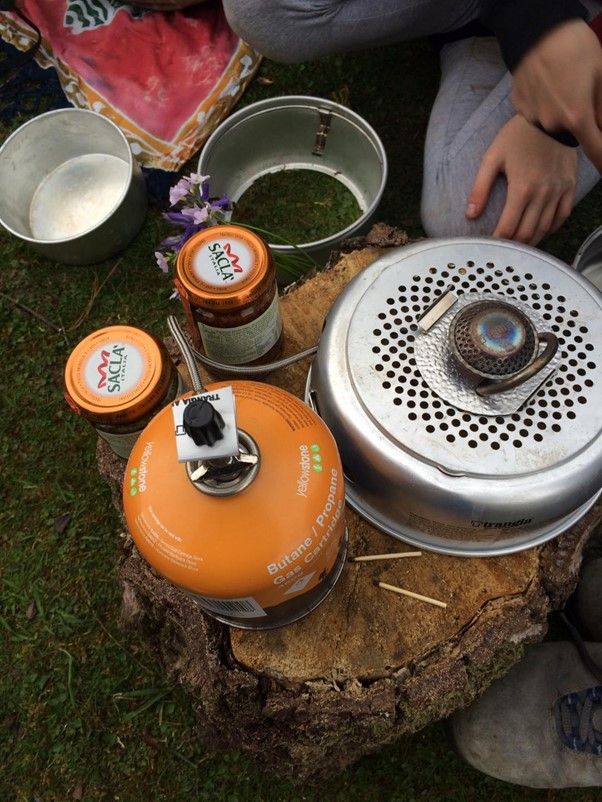By Gemma Blundell-Doyle, Second Year, English
The Croft Magazine // Though illegal in much of the UK, wild camping can prove a good last resort. It might even be exciting, and a good chance to connect with nature.
Delight for some, dread for many. But if your usual plans have been scuppered, an escape to the wild might prove a necessary last resort. Wild camping can be conducted as a solo or small group expedition (max. 3 people). Since you pitch up on land (public or private) that isn’t designated for overnight stays, it’s important to plan and research. Once you’ve gauged the tolerance of locals to your trespassing (or found the visit is permitted by local by-laws), pack adequately and understand your priority will be to minimise disturbance to the environment and natives. Set up camp late, leave early in the morning and take litter with you. If you’ve done the DofE award, your kit list will be much the same. You’ll rely on a Trangia and gas canister to cook hot drinks and meals.

Your priority will be to minimise disturbance to the environment and natives. Set up camp late, leave early in the morning and take litter with you.
Scotland offers acres of land where the activity is legalised, though they encourage visitors to follow the ‘Outdoor Access Code’. Areas of Dartmoor also give permission and, though largely illegal elsewhere in the UK, conducting research on local attitudes may reveal an expanse of other sites. Then, of course, if you’ve exhausted domestic terrains, why not explore Scandinavia? In Norway, Sweden and Denmark, wild camping is considered a human right. Allemannsretten (right of public access for all, enshrined by law) sets a precedent that makes finding camp relatively easy. If you head to Norway’s Lofoten islands, inside the Artic Circle, you can spend the night under the midnight sun.
Featured Image: Epigram / Gemma Blundell-Doyle









